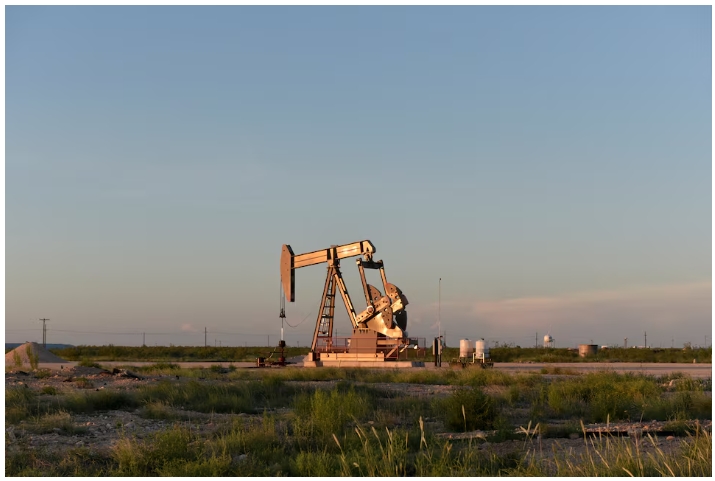
Record crude production at the top U.S. oilfield in the Permian basin that straddles Texas and New Mexico, combined with export demand for its light sweet crude due to a shortfall of the grade from OPEC member Libya has about tripled the price difference from last year's average.
Permian-quality crude arriving by pipeline to the Magellan East Houston (MEH) terminal, the main price assessment point along the Gulf Coast, traded last month about 63 cents a barrel higher than prices for the same crude in the Midland center of U.S. shale production, data from pricing service Argus showed.
The difference was as high as 74 cents a barrel in September, compared with an average of 22 cents last year. In May, it had briefly widened to around 80 cents due to maintenance on a pipeline from the Permian basin to the Gulf Coast.
"The pipelines to Corpus Christi (from West Texas) are pretty much full, and the pipelines to Houston are filling up very quickly," said Brian Freed, CEO of oil pipeline and storage operator EPIC Midstream.
"You will continue to see it" widen, he predicted.
Those figures were up from the average in 2023 - 91% on the Permian-to-Corpus lines and 63% on Permian-to-Houston lines.
Rising Texas shale oil production this year has consumed more of the limited pipeline space along the Permian-to-Houston corridor, said Dylan White, a Wood Mackenzie analyst.
Oil can still get to overseas markets by detouring to the Cushing, Oklahoma, storage hub, and moving from there to the Gulf Coast. But most oil producers would prefer to go directly to seacoast hubs as it is more economical.
"The market is starting to get nervous with Corpus Christi pipelines full. And Houston really is the only available spare capacity to push Midland quality (crude) to waterborne markets," said Jeremy Irwin, a senior oil markets analyst at Energy Aspects.
A temporary curtailment of oil exports at major Libyan ports in September had buoyed demand for U.S. crude, helping to widen the spread. Light, sweet Midland crude has been a top choice as a Libyan crude substitute, traders said, but the curtailment has since eased.
The constraints may ease next year. Pipeline operator Enbridge (ENB.TO), opens new tab plans to add 120,000 barrels per day capacity by 2026, with about 80,000 bpd expected to become available in April. An oil pipeline that was converted last year to carry gas-liquids is expected to revert to crude oil transportation in 2025.
In the meantime, Permian oil output is forecast to rise by 360,000 bpd this year to about 6.27 million bpd, according to U.S. government forecast. Top U.S. oil producers Exxon Mobil (XOM.N), opens new tab and Chevron (CVX.N), opens new tab on Friday sketched out plans to boost their shale output next year, adding to future pipeline needs.